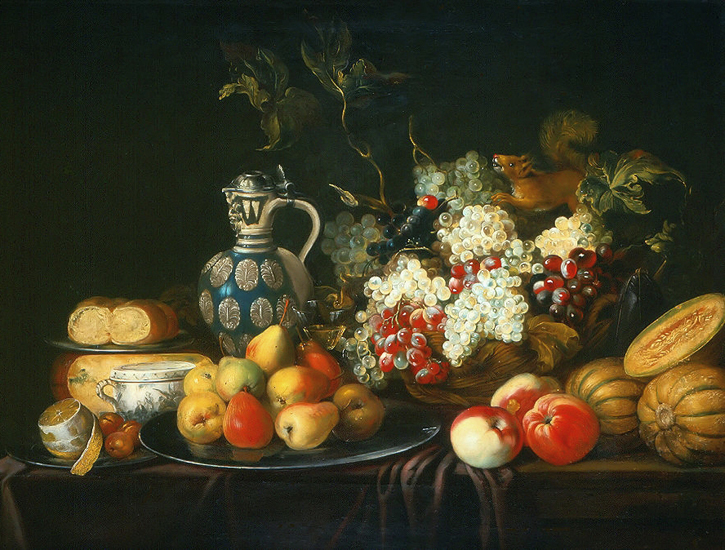
By ELLEN ENDO
In early December, Kim Tachiki was heading to Venice Hongwanji Buddhist Temple on a mission to help keep a 1,000-year-old tradition alive.
Upon arriving at the temple, the first thing one notices is the camaraderie. Ladies in aprons are poised around a large table, ready to begin packaging. Children anxiously await their turn on the makeshift assembly line, hoping to get a hold of the kid-sized wooden mallets. Ninety-one-year-old Kay Obana cleans the steamer in preparation for the next batch of rice.
On this particular day, Tachiki was on her way to join her parents, Norman and Yoshie, for the annual mochitsuki or mochi-pounding. While food traditions associated with the new year are gradually fading from practice, even in Japan, mochi remains popular worldwide.
“It’s a lot of work, but it’s always something I look forward to. You know, you don’t have to be Buddhist. You don’t have to be Asian or JA. People just like to come. They like to see how it’s made. They like to participate,” states Tachiki, a Yonsei (fourth-generation JA).
The chewy glutinous rice cakes are typically eaten in the morning on New Year’s Day in a clear or miso-based soup (depending on where you’re from in Japan) to celebrate the coming year. Cooks tend to add their own touches, such as kamaboko(fish cake), sake, thinly sliced daikon, carrots, komatsuna(Japanese mustard spinach), mitsuba(Japanese parsley), and yuzu.
Mochi dates back to the Heian era (794-1185), when it was first introduced from China. The word mochi itself means “to hold” or “to have.”
On New Year’s Day, ozoniis the first meal at the Kumamoto household as well. As the day continues, family members bring their specialties for osechi ryori, an array of food with multiple dishes that can include as many as 14 different dishes.

“The young people bring their specialties, such as the vegetable dishes. They have their own recipes,” Joanne Kumamoto, a Sansei, added. One grandson makes inari and maki-zushi and is a fan of kuromame(sweet black beans), which are also considered good luck if eaten.
One Yonsei family member brings traditional foods, among them takenoko(edible bamboo shoots) and nishime(simmered vegetables) consisting of lotus root, carrots, shiitake, taro, and konyaku.
Kumamoto’s granddaughter, also Yonsei, expressed an interest in making chirashi(seasoned rice with toppings). Fortunately, Kumamoto had managed to obtain her grandmother’s chirashi recipe, so she passed it along to the granddaughter.
Alas, homemade osechi ryoriis becoming a lost art in Japan, where consumers are opting to buy ready-made sets ranging from $80-$200 for a family of four.
Like mochi, the osechi ryoritradition can be traced to the Heian period, when ritual offerings of food were presented to the gods on days that mark the beginning of each season. By the Edo period (1603-1868), the New Year’s Day traditions, including the osechi ryori, were practiced throughout Japan.
Osechibegan as simple food, boiled vegetables, but the menu has become more elaborate over time. Here’s a list of typical osechi ryori dishes:
Tai(whole fish) – baked or roasted so that the head and tail of the fish are pointed upward. This is done by putting wads of foil under the tail and the head.
Kohaku kamaboko(fish cake) – fish cake that is red (or pink) and white and are meant to represent the colors of Japan’s flag.
Whole shrimp – This is served with the shell on. The curved back and whiskers are intended to represent an old man and longevity.
Satoimo(Japanese potato) – also known as taro root.
Kohaku namasu– Daikonand carrot salad.
Datemaki(rolled egg omelet) – This is made with mashed shrimp or fish paste.
Kurikinton— Sweet dumplings made from chestnuts.
Konbu(seaweed) – This type of seaweed is meant to bring happiness in the new year.
The closing of businesses during the first few days of the new year in Japan and in Japanese American communities is based on the notion that any kind of work should be avoided at the beginning of the year.
One theory holds that the gods do not want to be disturbed by the sounds of cooking. Another, perhaps more plausible theory, is that it is a time of rest, especially for the individual who worked diligently to prepare the osechi foods.
As long as young people continue to express interest in the cultural meanings behind these and other New Year’s foods, the Oshogatsu traditions will live on.















